More actions
m Update grammar and slightly reword |
Re-wrote the custom domain section |
||
| Line 10: | Line 10: | ||
== Custom Domains == | == Custom Domains == | ||
As well as having your <code>https://<username>.hackclub.app</code> subdomain, you can link a custom domain to your user account. | |||
To configure any custom domains for your user account, add a CNAME record to your domain leading to <code><username>.hackclub.app</code>. So for example, if your username is <code>orpheus</code>, you would set the CNAME record to <code>orpheus.hackclub.app</code>. | |||
If you are using Cloudflare or a similar DNS provider that reverse-proxies requests, make sure to uncheck "Proxy status" (known as Orange cloud on CF). | |||
Once this is done and the DNS has propagated, you can link your domain to your user account with the following command: | |||
nest domain add <domain> | |||
nest domain add <domain> | Just like with normal subdomains, the Nest CLI will automatically configure the domain in the system and add a block to your Caddyfile to get you started. See [[Caddy]] for more information about the Caddyfile. | ||
If you'd like to remove a domain from the configuration, you can also run | If you'd like to remove a domain from the configuration, you can also run: | ||
nest domain remove <name> | nest domain remove <name> | ||
Revision as of 20:42, 12 April 2024
Whilst a subdomain of https://hackclub.app is automatically configured for you when you sign up for Nest, you'll need to use the Nest CLI to configure new subdomains under your user subdomain (https://<username>.hackclub.app).
Subdomains
To configure any subdomains of your user subdomain of hackclub.app, you can simply run the following command where name is the name of the subdomain you want to add. For example, if your username is orpheus, and you'd like to configure drawing.orpheus.hackclub.app, then you would run nest subdomain add drawing.
nest subdomain add <name>
The Nest CLI will automatically configure the subdomain in the system and add a block to your Caddyfile to get you started. See Caddy for more information about the Caddyfile.
If you'd like to remove a subdomain from the configuration, you can also run
nest subdomain remove <name>
Custom Domains
As well as having your https://<username>.hackclub.app subdomain, you can link a custom domain to your user account.
To configure any custom domains for your user account, add a CNAME record to your domain leading to <username>.hackclub.app. So for example, if your username is orpheus, you would set the CNAME record to orpheus.hackclub.app.
If you are using Cloudflare or a similar DNS provider that reverse-proxies requests, make sure to uncheck "Proxy status" (known as Orange cloud on CF).
Once this is done and the DNS has propagated, you can link your domain to your user account with the following command:
nest domain add <domain>
Just like with normal subdomains, the Nest CLI will automatically configure the domain in the system and add a block to your Caddyfile to get you started. See Caddy for more information about the Caddyfile.
If you'd like to remove a domain from the configuration, you can also run:
nest domain remove <name>

